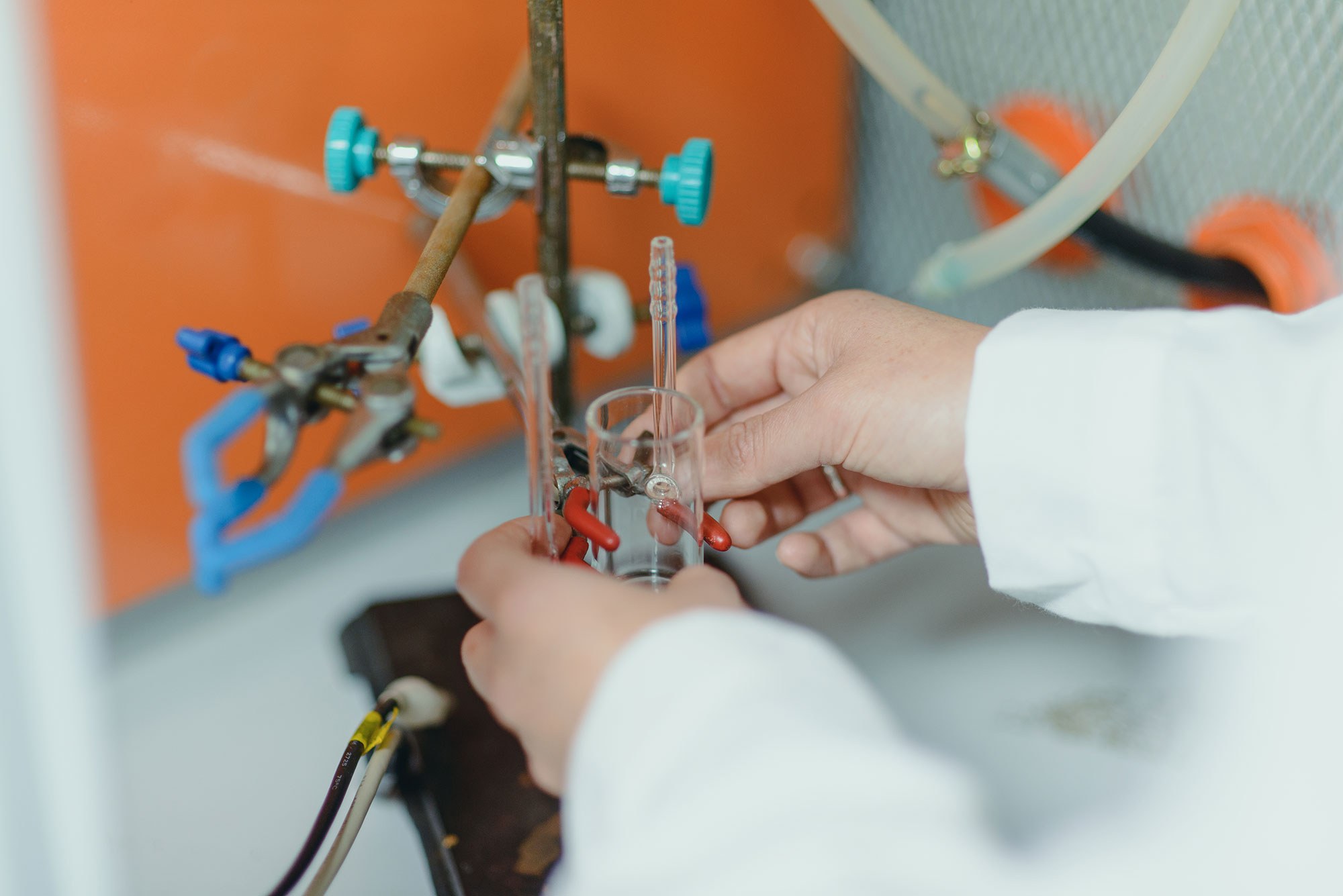Castro, M., Baltazar, S. E., Rojas-Nunez, J., Bringa, E., Valencia, F. J., & Allende, S. (2022). Enhancing the magnetic response on polycrystalline nanoframes through mechanical deformation. Scientific Reports, 12(1), 5965. https://doi.org/10.1038/s41598-022-09647-2
Abstract: The mechanical and magnetic properties of polycrystalline nanoframes were investigated using atomistic molecular dynamics and micromagnetic simulations. The magneto-mechanical response of Fe hollow-like nanocubes was addressed by uniaxial compression carried out by nanoindentation. Our results show that the deformation of a nanoframe is dominated at lower strains by the compression of the nanostructure due to filament bending. This leads to the nanoframe twisting perpendicular to the indentation direction for larger indentation depths. Bending and twisting reduce stress concentration and, at the same time, increase coercivity. This unexpected increase of the coercivity occurs because the mechanical deformation changes the cubic shape of the nanoframe, which in turn drives the system to more stable magnetic states. A coercivity increase of almost 100 mT is found for strains close to 0.03, which are within the elastic regime of the Fe nanoframe. Coercivity then decreases at larger strains. However, in all cases, the coercivity is higher than for the undeformed nanoframe. These results can help in the design of new magnetic devices where mechanical deformation can be used as a primary tool to tailor the magnetic response on nanoscale solids.


